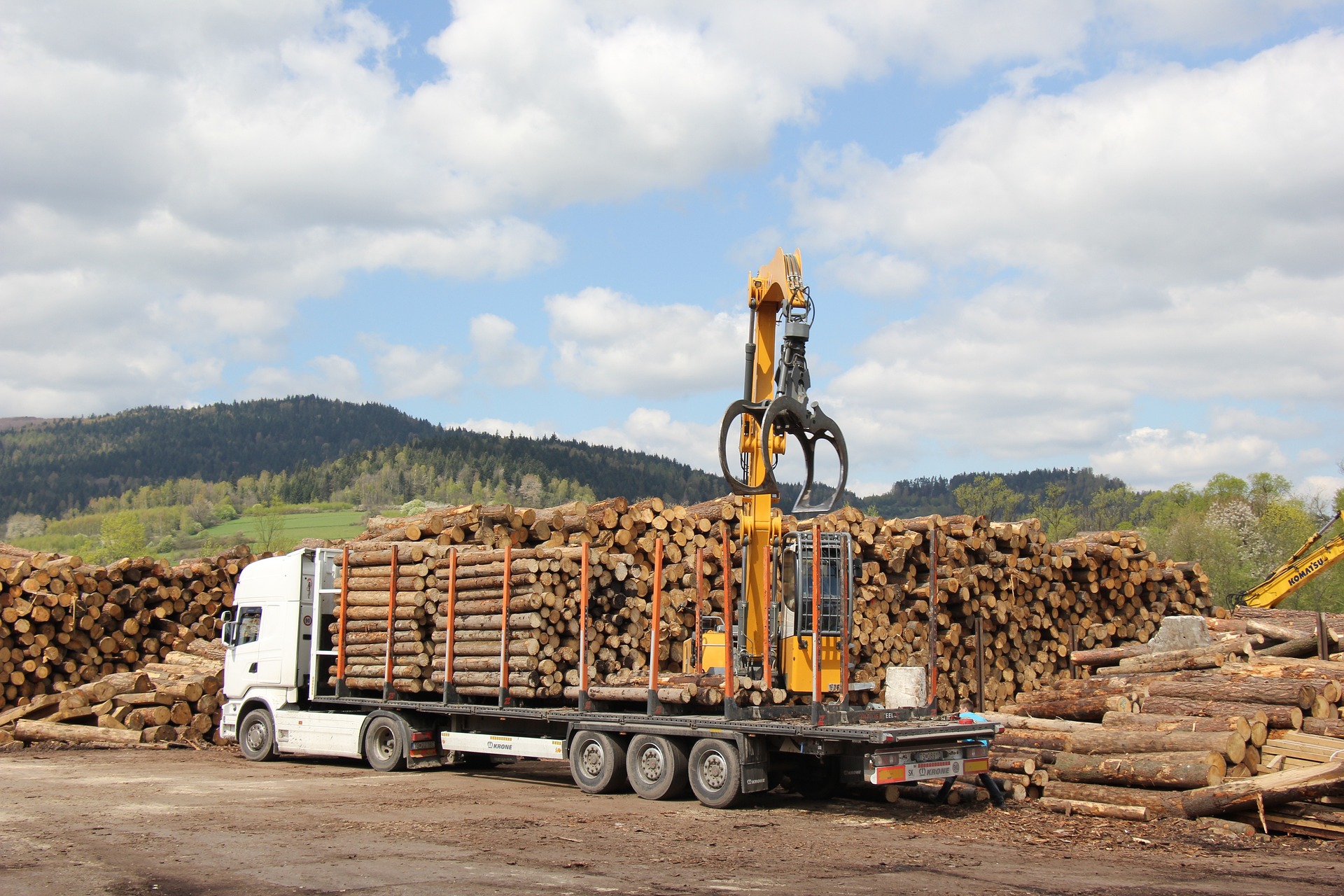Last year (2023), I also saw news about wildfires in Australia. Considering the characteristics of eucalyptus, there’s an interesting aspect that the environment is predisposed to wildfires, but I think it still poses a challenge for forestry management.
Grazing seems to be a low-cost way to mitigate such wildfires.
Assessing silvopasture management as a strategy to reduce fuel loads and mitigate wildfire risk
Low grasses and dead grass that are eaten and trampled
The factors contributing to wildfires include dried, short grass and dead leaves, which are more prone to ignition than trees. When grazing, these become ideal feed for livestock, reducing the amount of combustible material. Additionally, the trampling by livestock tends to flatten the grass, making it shorter, and helps dead leaves return to the soil more easily. Livestock manure also contributes to the formation of leaf mold.

Areas that have been grazed show reduced grass height.
Repeated grazing results in lower grass height in grazed areas. Presumably, being eaten by livestock removes the growth points, leading to shorter grass. Also, the vegetation changes, increasing the proportion of shorter plants. The reduction in height means less biomass, which, when dry, reduces the amount of fuel for wildfires, making it effective for fire suppression.
It might not be a silver bullet, but it’s an interesting business idea.
Forestry is a long-term job, and managing forests is costly. Having livestock take on part of that seems sensible. Additionally, depending on the type of livestock, it may also allow for simultaneous livestock farming. It might not compete with controlled livestock systems, but it could provide natural meat and milk.
Above all, it can help suppress wildfires, right?



コメント